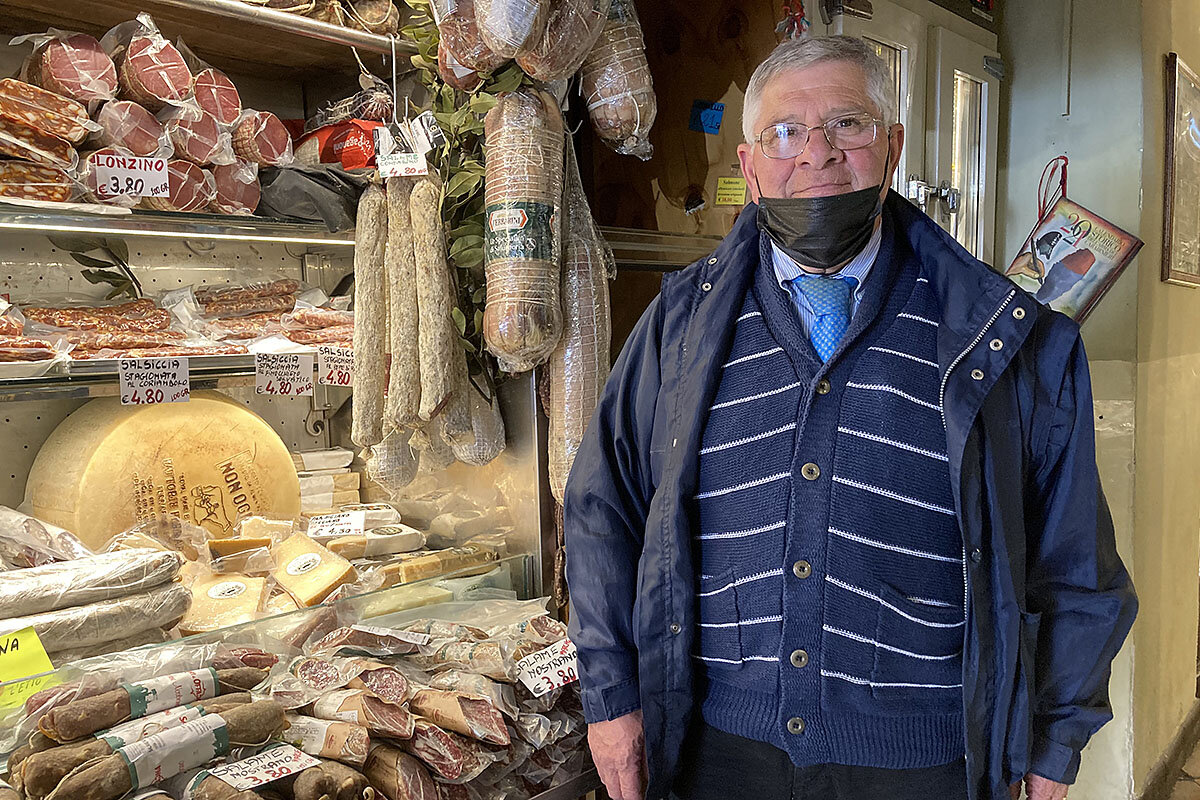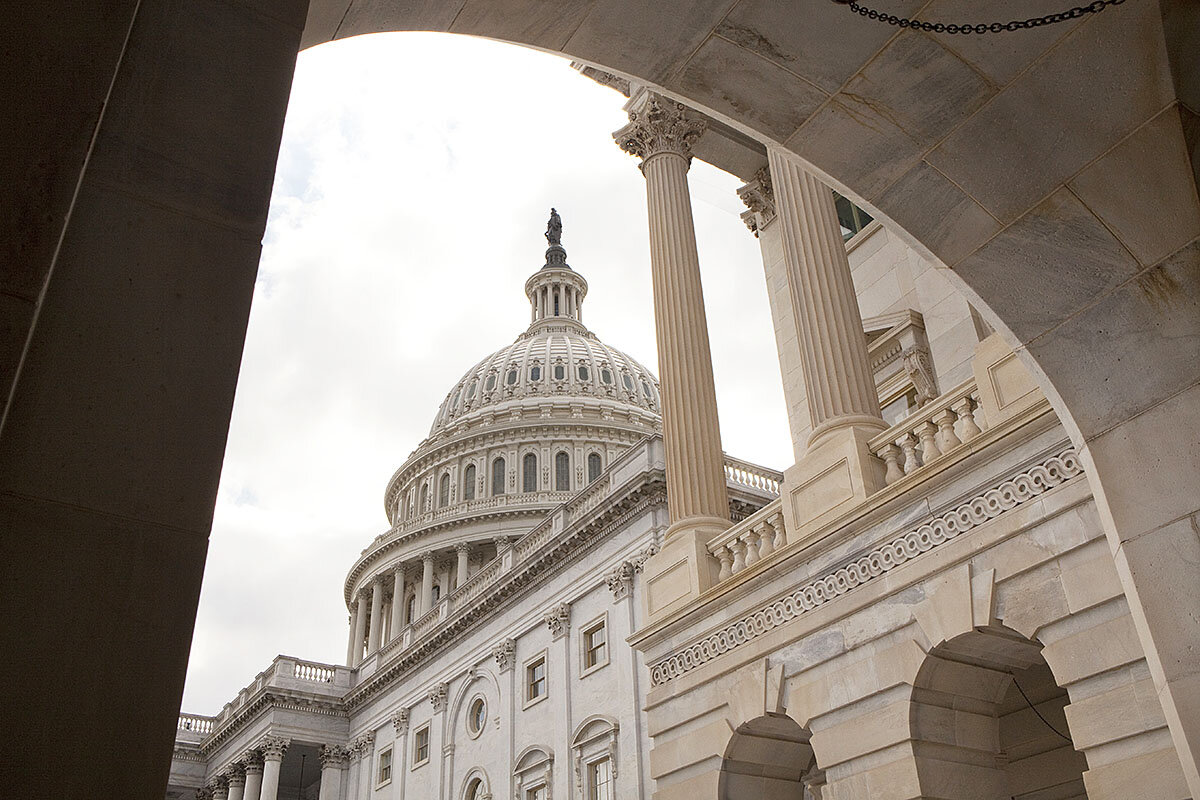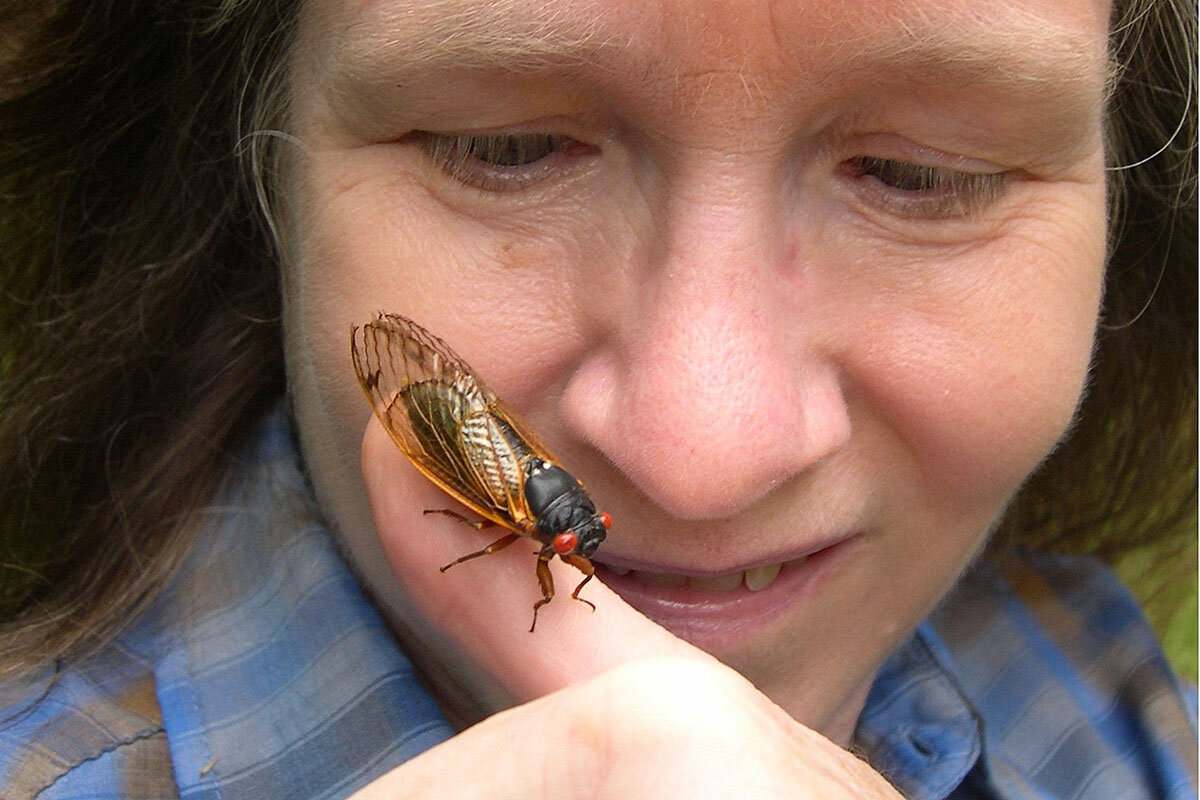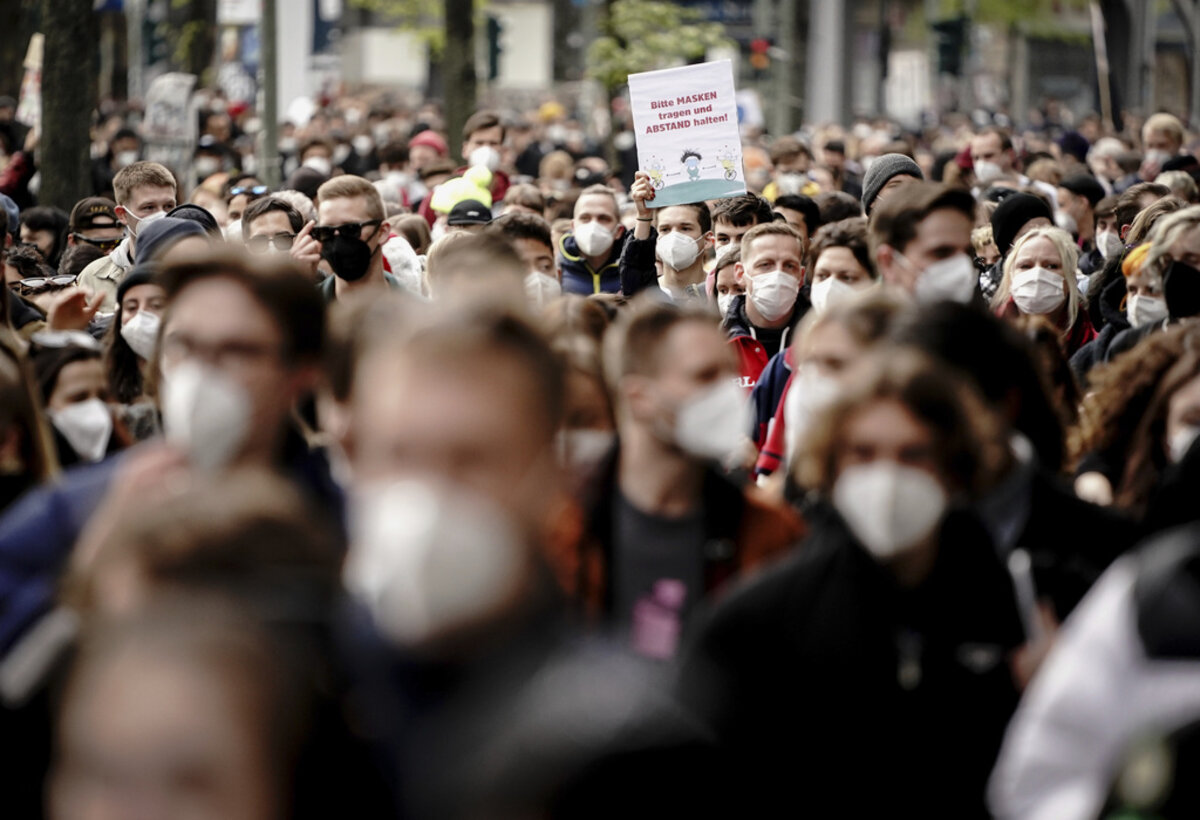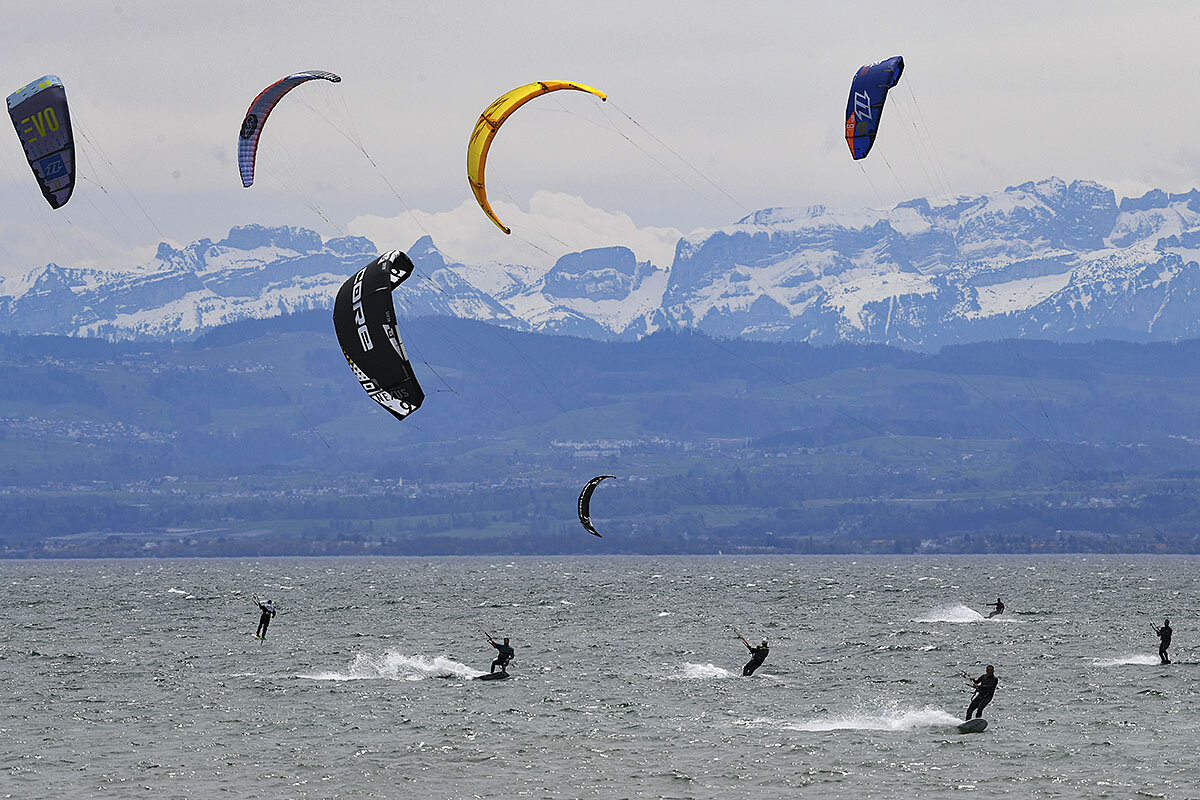As they begin to emerge from the pandemic, Europe and the U.S. find themselves in different places with different priorities that reflect their values and histories.
Monitor Daily Podcast
- Follow us:
- Apple Podcasts
- Spotify
- RSS Feed
- Download
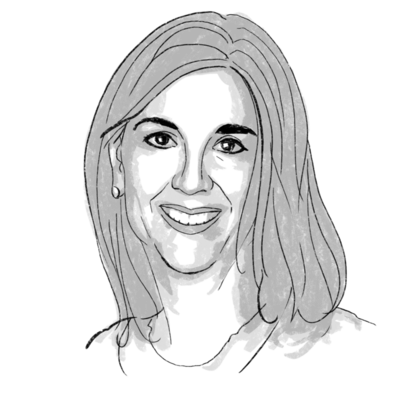 April Austin
April Austin
When the Speed Art Museum in Louisville, Kentucky, approached Breonna Taylor’s mother about an exhibition in her daughter’s honor, she was surprised. Tamika Palmer did not expect her daughter, who was shot in her apartment by police in 2020, to be remembered in this way, nor did she dream of being asked to help, she told NPR. The exhibition, “Promise, Witness, Remembrance,” which opened last month, not only celebrates Ms. Taylor’s life, but also reflects the unusual collaboration that made the show possible.
Along with involving Ms. Taylor’s family, the museum sought advice from Black artists and Louisville activists. The result: a show of about 30 works of art, including portraiture, installations, and video – all created by Black artists. The exhibition also features photographs of the protests against racial injustice and police violence that erupted in the city last year. The Speed museum has given the exhibition pride of place, clearing several galleries of its permanent collection to make room.
Could this exhibit help heal a fractured community? Already some signs suggest the answer is yes. Local activists, who wondered what to expect from an institution not known for its outreach to people of color, came away moved by the experience. Many, like activist Jason Downey, were glad to see work exclusively from Black artists, instead of “a bunch of white folks doing their interpretation [of what] they thought it should be.”
Ms. Taylor’s mother, who contributed a timeline of her daughter’s life, said it felt peaceful “to be able to come to this place and just be filled with her spirit.”




